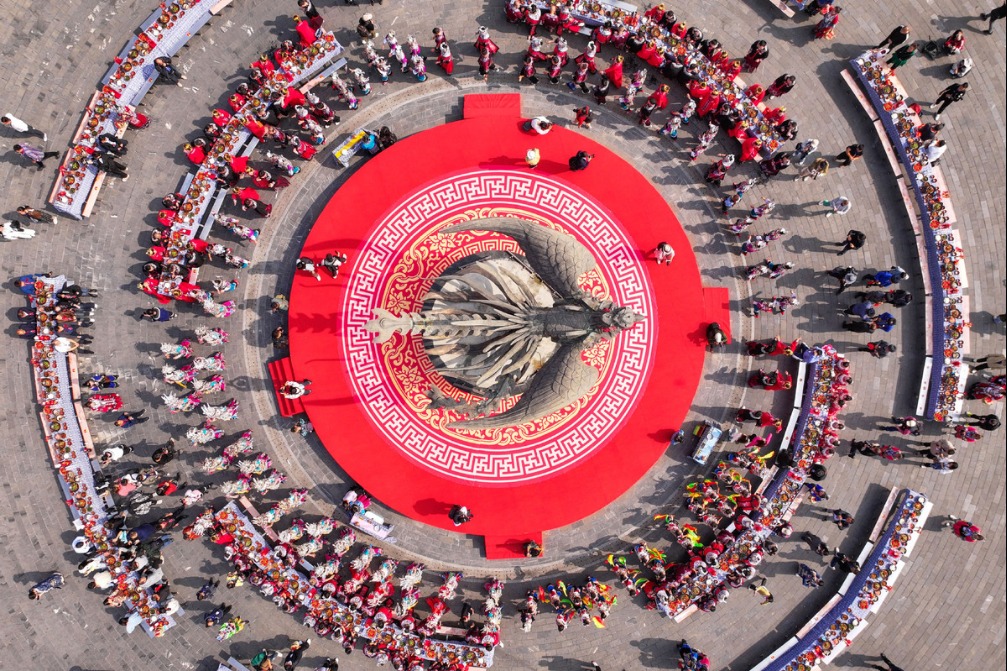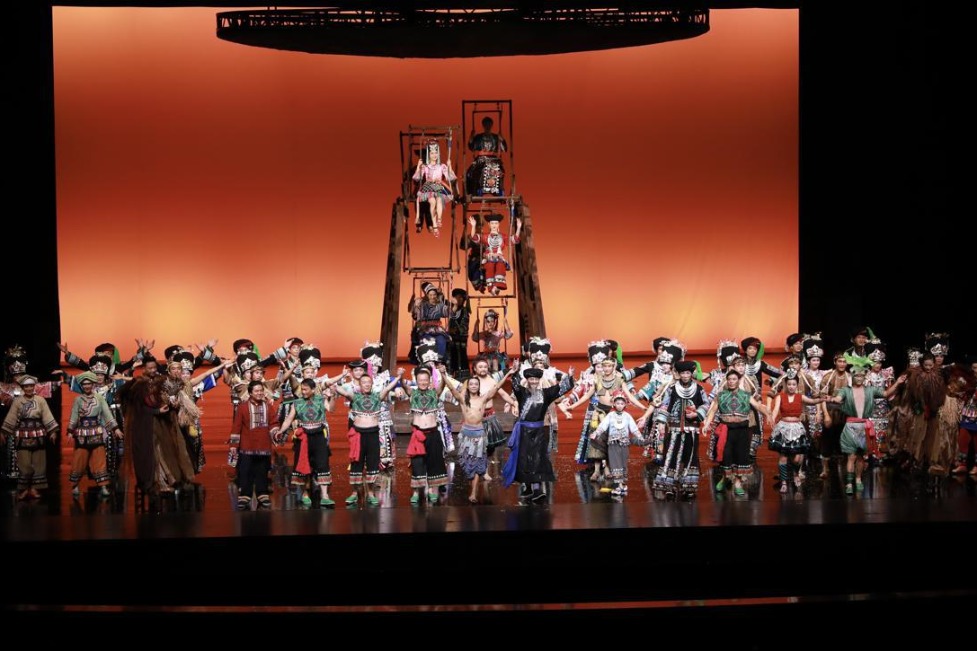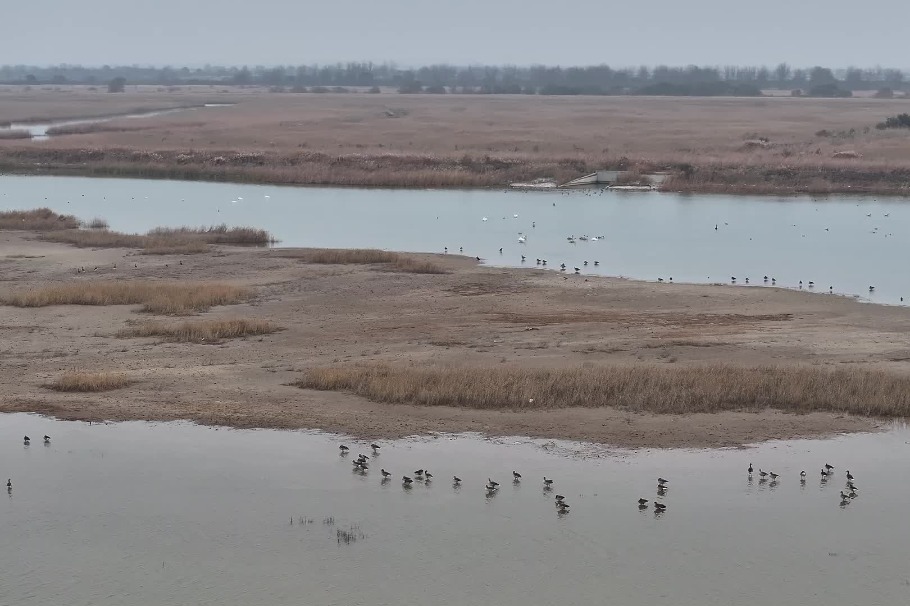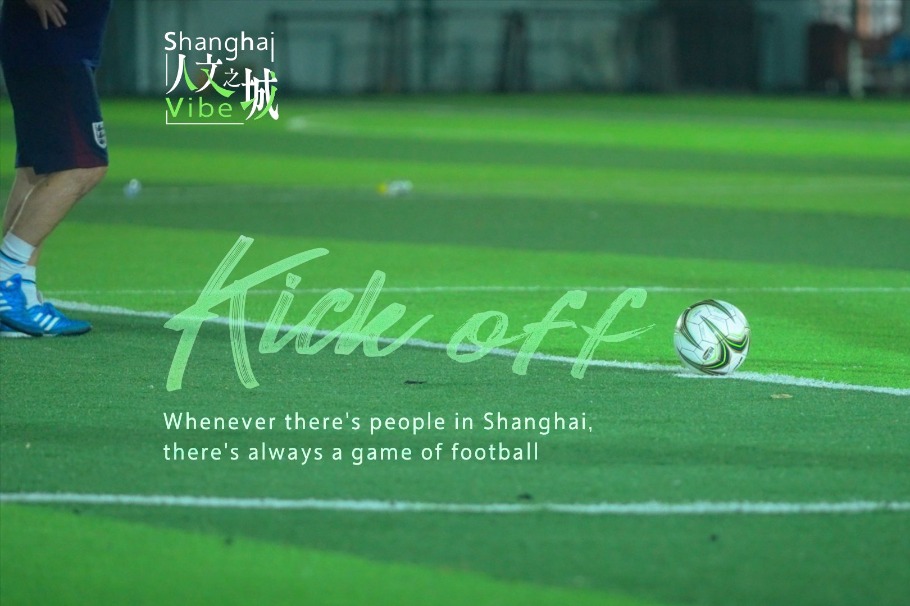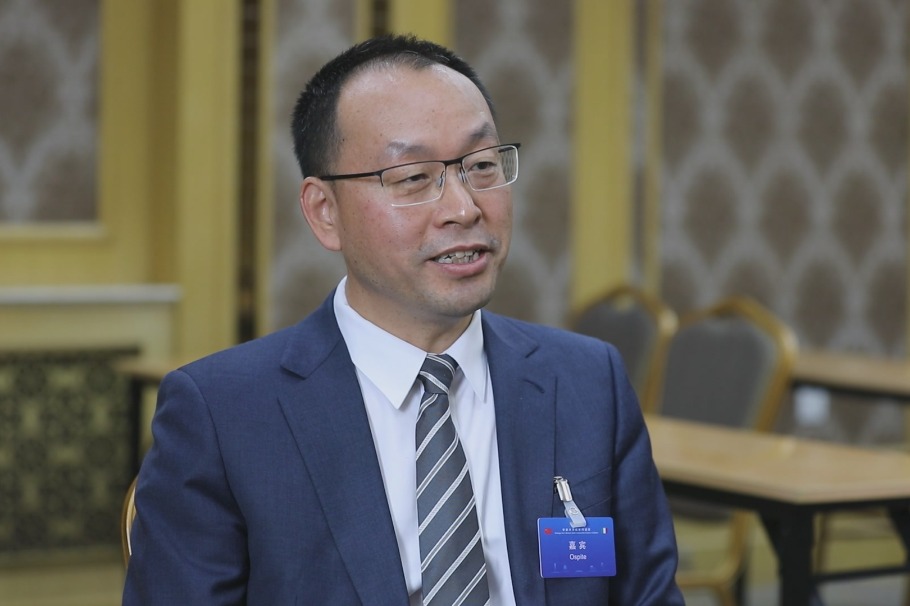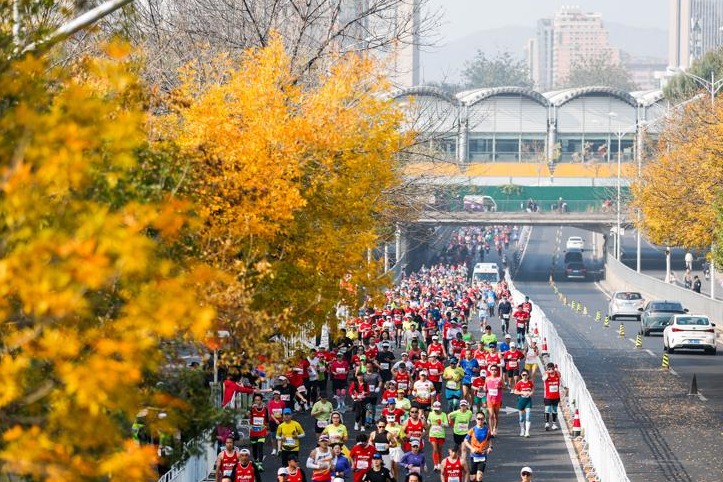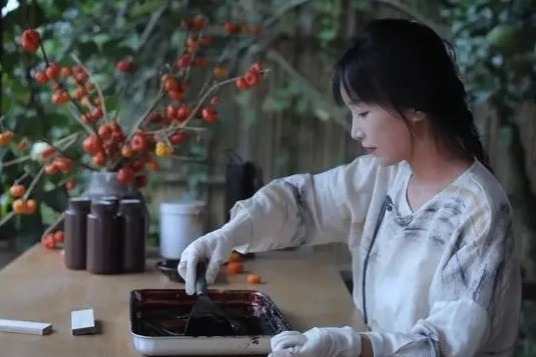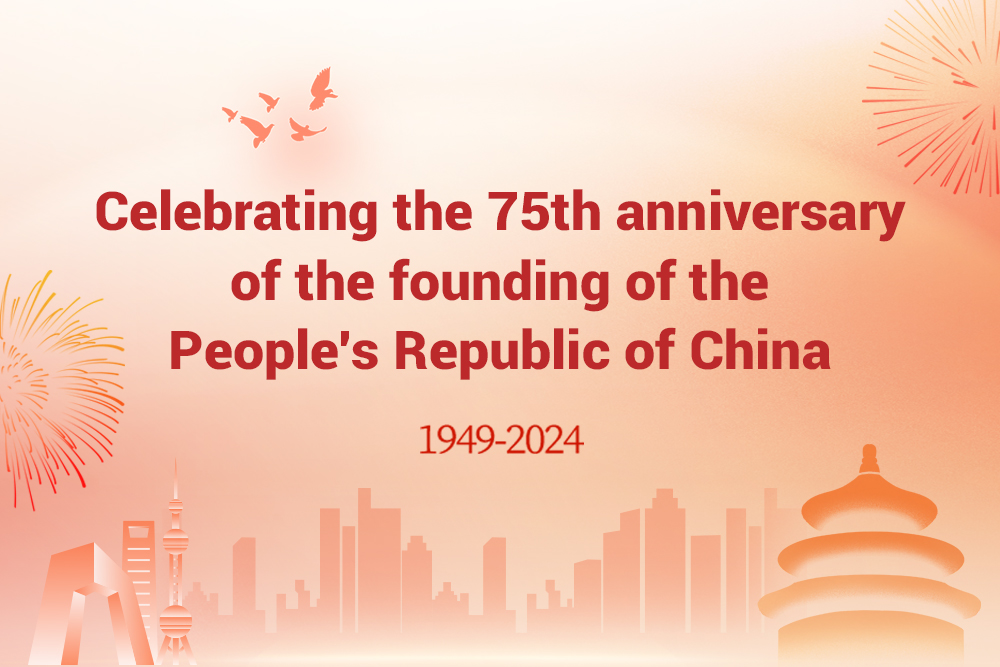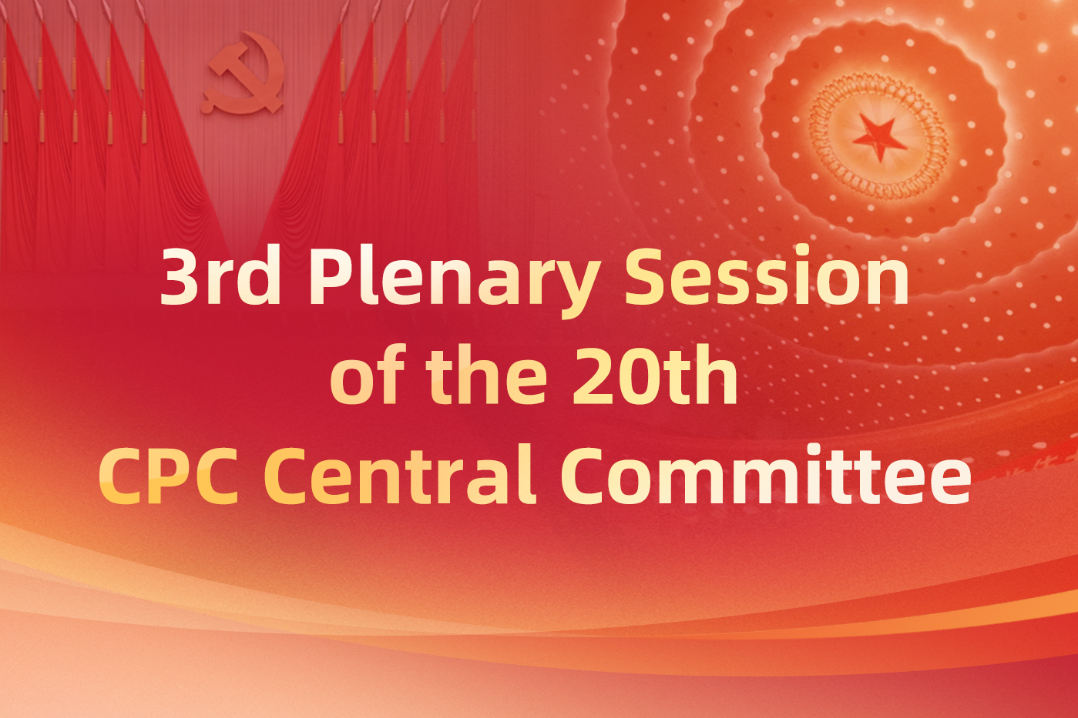Chinese in Peru: 175 years of integration


At first glance, the Chinatown in Lima, Peru, looks similar to those in other parts of the world, the bustling streets dotted with red lanterns and pagoda-style architecture. But unlike other Chinatowns, Chinese faces are surprisingly scarce in the crowds here.
"That's because Chinese people are the owners," said Andrea Janampa, as she worked behind the counter of a bubble tea shop. Her husband, Steven Lu, the shop's owner, represents the modern Chinese Peruvian business community.
The couple met 12 years ago in Peru, when Lu was a trading agent based in Yiwu, Zhejiang province, and Janampa was importing Chinese merchandise from there. Two years and four shops later, they built a thriving business selling Asian snacks and drinks in Lima's Chinatown.
A few blocks away, Liu Xiaoyi's story offers another perspective on the Chinese Peruvian experience. She arrived in Lima's Chinatown with her parents at age 10, but chose to stay on when they returned to China.
Now married to a Peruvian with a tusan (a Peruvian of Chinese descent) daughter, she has worked at a local supermarket called Lucky for more than a decade.
"We receive two to three containers of Chinese products each month. Both locals and Chinese customers love these products," Liu said.
The presence of businesses such as Lu's and the one Liu works for reflects a remarkable journey that began more than 400 years ago, when Chinese people first settled in the South American country.
Today, Peru boasts one of Latin America's largest Chinese communities, which makes up approximately 10 percent of the country's total population.
As the community celebrates the 175th anniversary of the first major arrival of Chinese in Peru, Feb 1 has been designated as the Peru-China Fraternity Day.
The first big wave of Chinese immigration began in 1849 when 75 contract laborers arrived at the Port of Callao. Those early immigrants, primarily from Guangdong province, worked in projects such as railway construction, town building, mining and agricultural development. Their legacy lives on in the success of modern Chinese Peruvian entrepreneurs.
"There are now 1 million Chinese immigrants and overseas Chinese doing business in Peru," Lu said. "From humble beginnings, they have achieved their current success through frugality and hard work. The older generation of Chinese immigrants strived to create better living conditions for their second-, third- or fourth-generation descendants."
The story of Choy, a cashier at Lu's shop, exemplifies that generational progress. Having lived in Peru for more than 20 years, Choy, who wished to be identified by only her last name, has sent both her tusan son and daughter to university.
Janampa, Lu's wife, said, "That's what I have learned from the Chinese culture — to always strive hard to offer better lives to your children."
Another reason why Chinese faces are rarely seen in Lima's Chinatown is perhaps because Chinese have widely intermarried with indigenous people, Europeans and Africans as well as with Japanese and Korean descendants in Peru.
Today, while it's difficult to identify many Peruvians' Chinese heritage solely by their surnames or appearance, they maintain a clear awareness of their ancestry.
"While second- and third-generation immigrants may be wealthier, they still maintain at their core excellent Chinese qualities such as frugality and diligence," Lu said.
During festivals, particularly Chinese New Year, the local business association organizes banquets and lion dances and follows Chinese traditions such as distribution of red envelopes. Such events bring together first-generation immigrants, recent immigrants and tusan alike.
Wide influence
The Chinese community's influence is not limited to Peru's economy. The country sees a higher political participation rate of Chinese descendants than any other Latin American nation, with many serving in prominent positions such as the president of Congress and the prime minister.
From the early contract laborers to today's business leaders and political figures, the Chinese Peruvian community has helped shape modern Peru, while maintaining its cultural identity despite generations of change.
The cultural integration is perhaps most visible in Peru's culinary landscape. The country boasts an estimated 50,000 Chinese restaurants, known locally as chifa, with half of these located in Lima alone. Chinese dishes such as chaufa (fried rice), sijaukay (soy sauce chicken) and wantan (wonton) have become staples of Peruvian cuisine.
Although Lima's historical Chinatown may have fewer Chinese residents than before, it remains vibrant with commercial activities.
"Many locals come for wholesale purchases. New Chinatowns are gradually coming up in other areas," said Liu, who works at Lucky supermarket.
Looking to the future, entrepreneurs like Lu continue to innovate. "Currently, we're importing Asian food products and expect to import more Chinese foods," he said. "Chinese trending foods are very popular in Peru now. In my spare time, I do livestreaming to promote Chinese trending foods to young Peruvians."
Contact the writers at liazhu@chinadailyusa.com
- Guideline to help 2025 grads find jobs
- Xi holds talks with Peruvian President Boluarte
- Xi attends welcome ceremony hosted by Peruvian President Boluarte
- Ten photos from across China: Nov 8 - 14
- China revises regulations concerning use of natural science fund
- Diplomats, think tank officials attend 2024 Tianjin Wudadao Forum
















